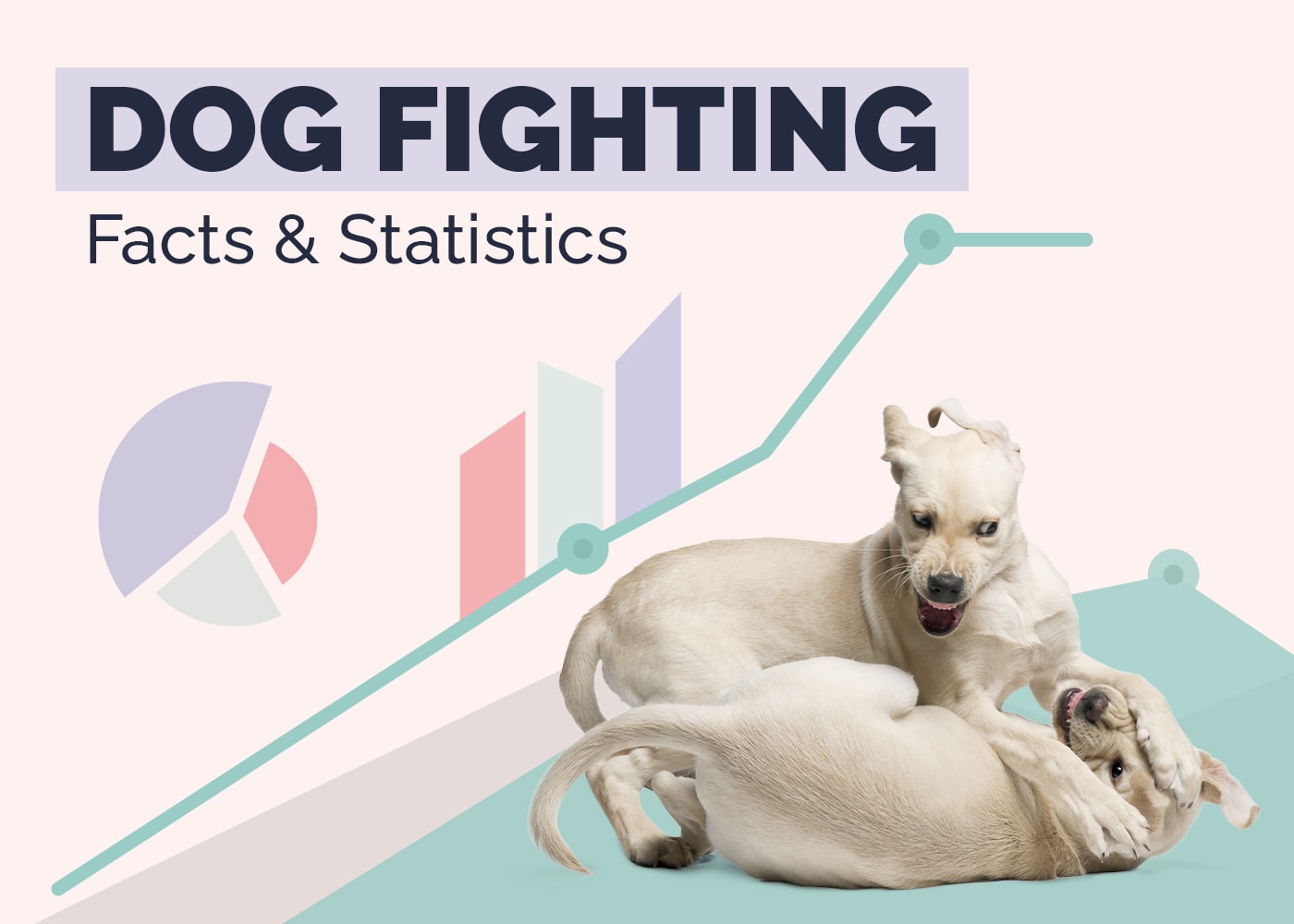23 UK Dog Statistics & Facts to Know: 2024 Update

Updated on
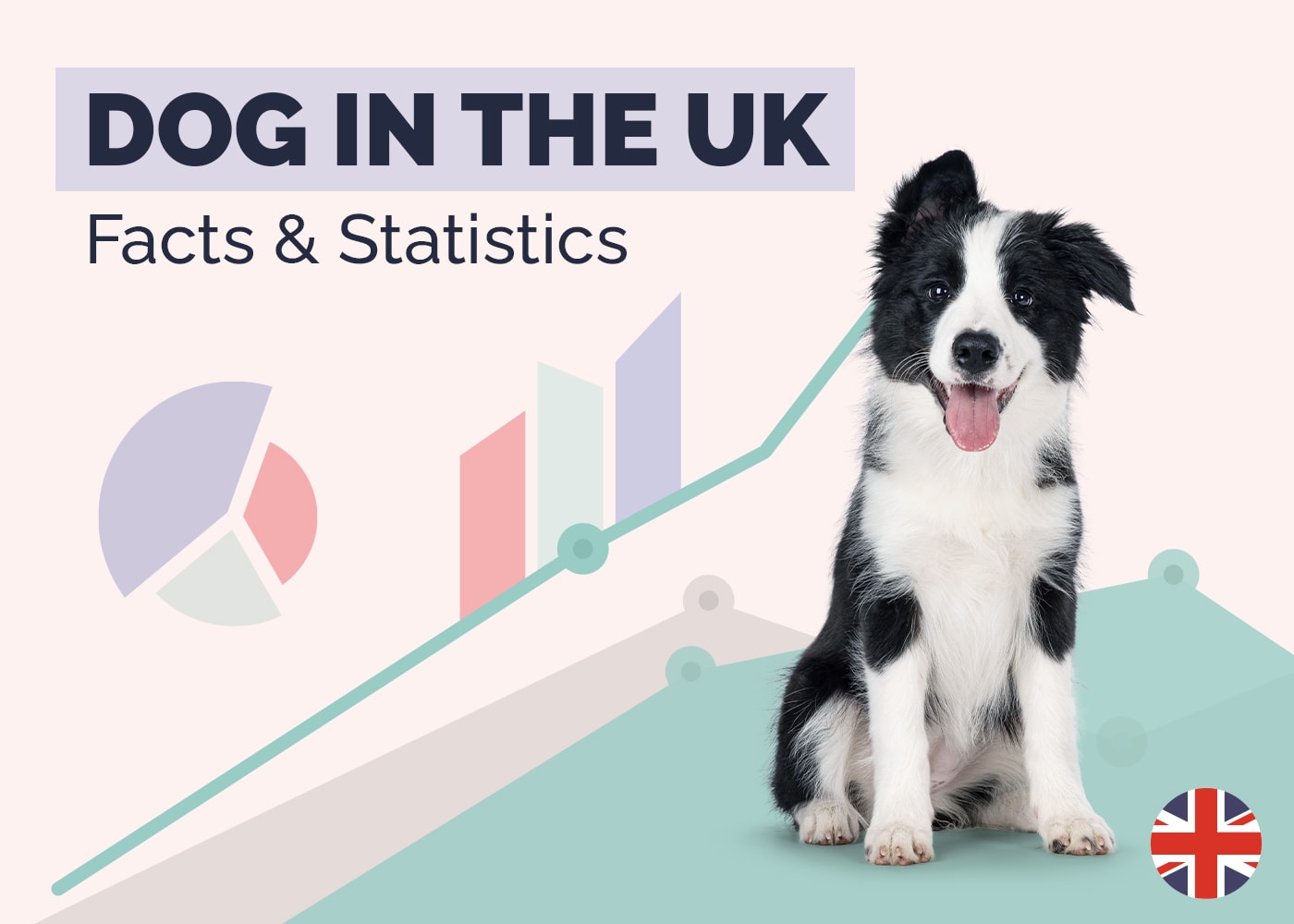
Dogs have been with humans for over 10,000 years and they are considered one of the most loyal creatures a person can have in their lives. They provide companionship, protection, and hunting skills. In the UK, dogs are incredibly popular and beloved by many. Dogs have been present in the UK for at least 8,000 years, but it is not clear when they were first domesticated. Some believe that they may have originated in the Near East and migrated to Europe with the early farmers. Others believe that they were originally bred in Europe as working animals and then brought over to the UK.
Regardless of their exact origins, dogs quickly became popular members of British society and continue to play an important role in many aspects of life today. All statistics are from 2020 and 2021 unless otherwise noted. If you have any questions about dogs in the UK or would like to learn something new, then please enjoy these interesting facts.
The 23 UK Dog Statistics
- 13 million dogs reside in UK households in 2022.
- The UK’s dog population is the second highest in Europe as of 2019.
- In 2020, all UK dog owners said their dogs make them happy or provide companionship.
- The RSPCA receives its highest volume of calls about dogs.
- The share of UK households owning a pet dog increased from 23% to 34% between 2020 and 2022.
- Labrador Retrievers were the top dog in 2020.
- French Bulldogs were a close second in terms of popularity in 2020.
- As of 2022, the annual cost of keeping a dog in the UK was estimated at 1,875 GBP.
- The most expensive part of owning a dog in 2022 was boarding.
- The second greatest single expense in 2022 was pet insurance.
- 1.8 million dogs were relinquished for rehoming in 2022.
- 71% of all relinquishments were by Gen Z and Millenial owners.
- As of 2020, the lifetime cost of owning a dog was between £4,600 and £30,800.
- In 2020, the essential costs of supplies for a new dog were estimated between £370 and £425.
- The monthly costs associated with a dog in 2020 ranged between £50 and £80.
- In 2018, 78% of pet-owning households in Northern Ireland had dogs.
- In 2018, 61% of London households had cats rather than dogs.
- The Azawakh is the least popular dog breed in the UK in 2022.
- In 2020, consumers spent £8 billion on pet food and products.
- In 2018, dog owners spent an average of £594 on dog training services.
- Pet supplies and services accounted for over 10% of the average salary in 2018.
- In 2018, the cost of dog walking in London was the highest at £12.32 per hour.
- Approximately 70% of UK pet owners have had their homes damaged by their dogs.

The 23 UK Dog Statistics
1. 13 million dogs reside in UK households in 2022.
(PFMA)
It is estimated that 33% of households in the UK own a dog, and this makes them the most popular pet, above cats at 12 million or 27%. While the exact number of dogs in the UK is difficult to determine, it is clear that their presence is increasing. Dogs provide companionship and support for their owners and play an important role in many families. As more people move into urban areas, it is likely that the number of dogs living in households will continue to rise.

2. The UK’s dog population is the second highest in Europe as of 2019.
(Braemer Finance)
Germany was the top-ranking European country in terms of the dog population in 2019, followed by the UK. With over 10 million dogs, Germany had the largest pet population in the European Union. The UK ranked second with 8.5 million dogs. The number of pets in Europe grew from 73 million to over 89 million in 2020. In spite of this increase, pet food sales in Europe have not increased significantly.
3. In 2020, all UK dog owners said their dogs make them happy or provide companionship.
(Braemer Finance)
Almost every dog owner cited their reasons for owning a dog as either improving their happiness or providing companionship in a 2020 survey. Among respondents, 51% stated that their dogs made them happy; 47% said they provided love and affection, and 35% said they provided companionship. This suggests that dogs play an important role in the lives of UK citizens.
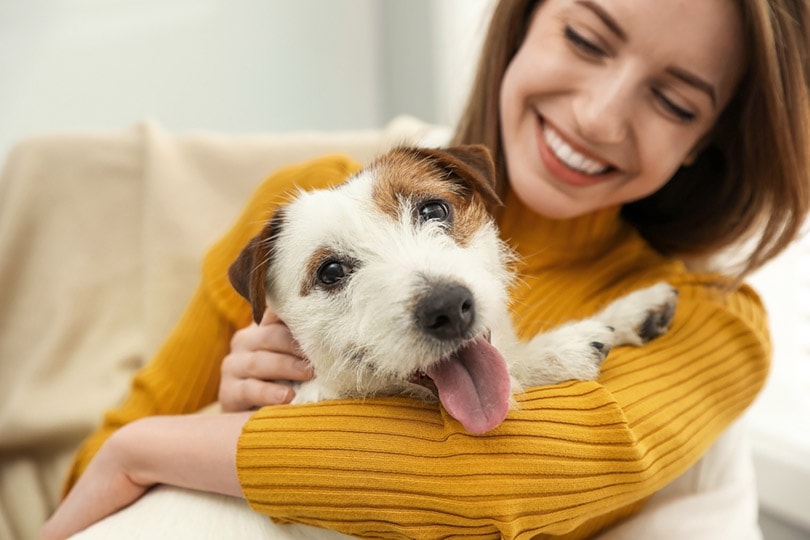
4. The RSPCA receives its highest volume of calls about dogs.
(RSPCA)
There were 1,016,455 calls to the RSPCA cruelty line in 2020, which works out to be one call every 30 seconds. Dogs had the highest number of incidents reported, with 56,563 calls made to the RSPCA. This is due to the fact that dogs are the most popular pet in the United Kingdom. Dogs require a lot of attention and care, which can sometimes be difficult for owners to provide. This leads to dogs being abandoned or mistreated, which is when the RSPCA steps in to help.
(Statistica)
A possible cause of this sudden increase is the Coronavirus pandemic, which forced people to stay at home due to government-imposed quarantines. This made it an opportune time for families to get the dog of their dreams.
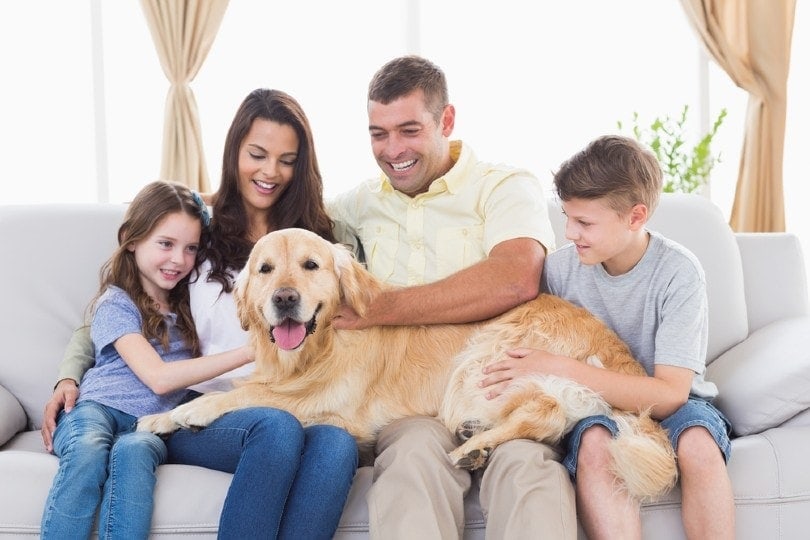
6. Labrador Retrievers were top dog in 2020.
(Statistica)
Around 39,905 Labrador Retrievers were registered in the UK in 2020, making them the most popular breed. This breed is known for being friendly, intelligent, and good with children, making them a popular choice for families. Labs are also versatile working dogs, often used as guide dogs, search and rescue dogs, and therapy dogs.
7. French Bulldogs were a close second in terms of popularity in 2020.
(Statistica)
French Bulldogs were almost an equally popular choice for the UK with 39,266 dog registrations for that breed in that year. French Bulldogs have become increasingly popular in recent years due to their unique appearance and personality. They are often sought after by city dwellers who want a pet that is both stylish and lower-maintenance.

8. As of 2022, the annual cost of keeping a dog in the UK was estimated at 1,875 GBP.
(Statistica)
This number is predicted to rise in the future, as the cost of food, medical care, and other expenses related to owning a dog continue to increase. While owning a dog can be costly, many people find that the companionship and love they receive from their pet are worth the expense.
9. The most expensive part of owning a dog in 2022 was boarding.
(Statistica)
Approximately 450 GBP was spent on boarding for 2 weeks per year, and it was the most expensive part of owning a pet dog. While the cost of boarding varies depending on the location and type of kennel, it is clear that pet owners are willing to invest a significant amount of money in ensuring their furry friends have a comfortable place to stay while they are away.

10. The second greatest single expense in 2022 was pet insurance.
(Statistica)
The second-highest expenditure for households with dogs in 2022 will be pet insurance, costing an estimated 330GBP per year. While this may seem like a lot of money, it is important to remember that veterinary bills can often be quite costly. Therefore, pet insurance can be a wise investment for those who want to ensure that their furry friends are taken care of in the event of an illness or injury.
11. 1.8 million dogs were relinquished for rehoming in 2022.
(PFMA)
This number is representative of the number of dogs who were abandoned or surrendered to animal shelters and rescue organizations. This number is troubling as it highlights the large number of dogs who are in need of new forever homes.
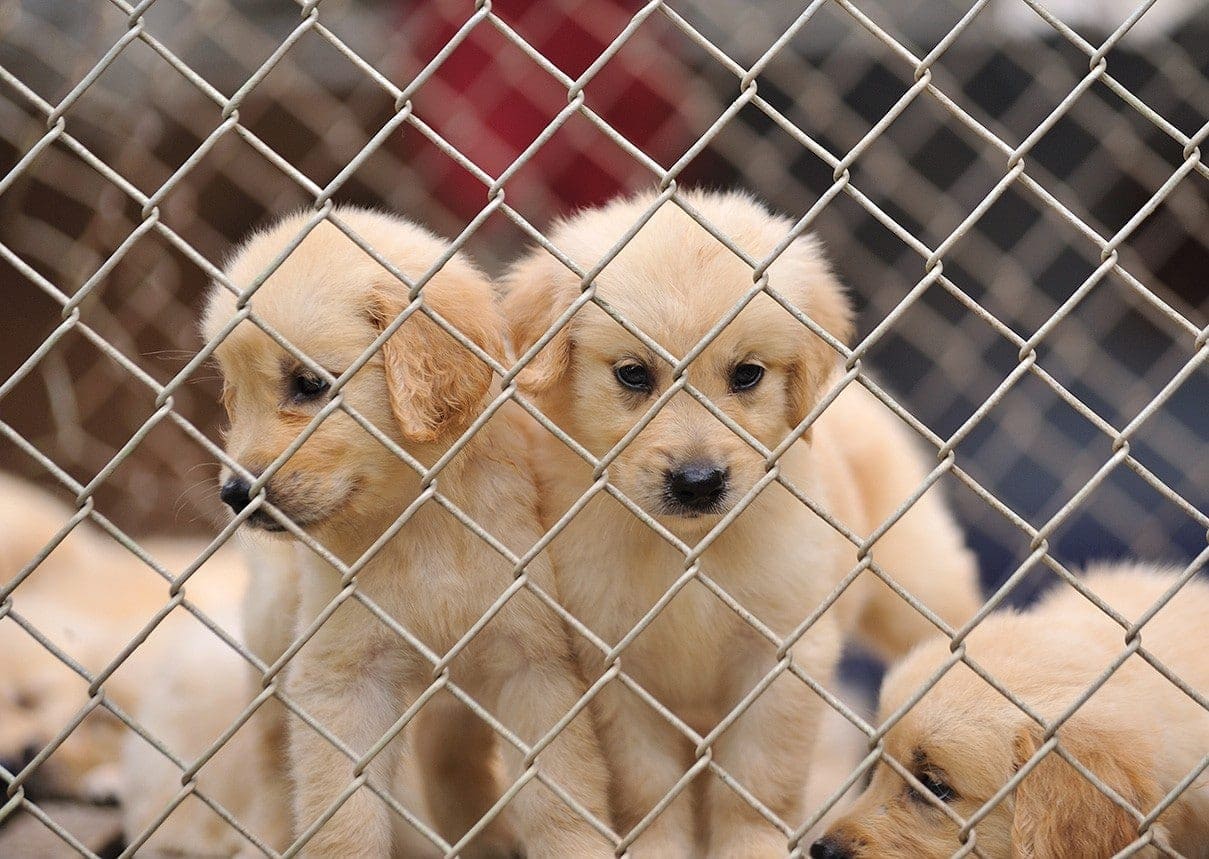
12. 71% of all relinquishments were by Gen Z and Millenial owners
(PFMA)
This demographic accounts for 71% of all relinquishments (2.1 million households). This is significant because it may mean that this generation has a different attitude towards dog ownership than older generations. It’s important to understand this trend so that we can try to reverse it and reduce the number of dogs that are abandoned each year.
13. As of 2020, the lifetime cost of owning a dog was between £4,600 and £30,800
(PDSA)
This estimation takes into account the cost of food, medical expenses, toys, and other items necessary for properly caring for a dog. The cost of owning a dog can vary greatly depending on the size, breed, and health of the animal, as well as the location where the pet is kept.
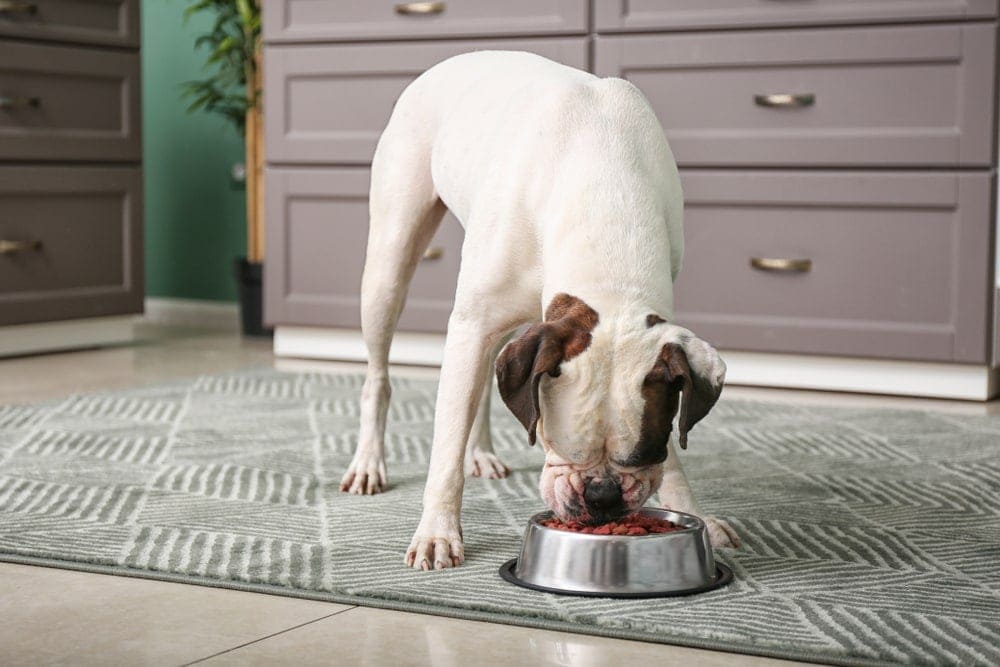
14. In 2020, the essential costs of supplies for a new dog were estimated between £370 and £425.
(PDSA)
The essential costs of supplies for a new dog can include items such as food, water dishes, kennel, bedding, toys, and leash and collar. The difference in the range takes into account the size of the breed involved but does not include the purchase or rehoming of the dog itself.
15. The monthly costs associated with a dog in 2020 ranged between £50 and £80
(PDSA)
These costs included costs such as yearly health checks and booster vaccinations averaged over a 12-month period, regular flea and worm treatments, food, poo bags, and toothpaste. This variation is due to a number of factors, including the type of dog, the size of the dog, the age of the dog, and whether or not the dog is spayed or neutered. In general, smaller dogs cost less to maintain than larger dogs, while puppies cost more to keep than adult dogs.
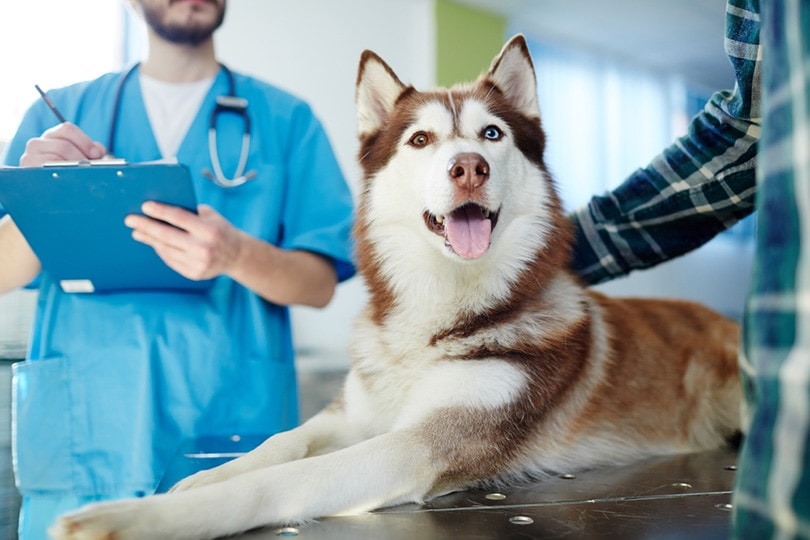
16. In 2018, 78% of pet-owning households in Northern Ireland had dogs
(Petplan)
The 2018 Pet Census, Petplan’s largest pet ownership survey to date, provided unprecedented insight into pet ownership in the UK. Based on insights gathered from over 60,000 pet owners, the 2018 Pet Census revealed that dogs are Britain’s favorite pets. Dog owners accounted for 67% of respondents to the Census nationally, but this figure rose to 78% in Northern Ireland.
17. In 2018, 61% of London households had cats rather than dogs.
(Petplan)
Only one region in the UK had more cats than dogs, and that was London, where dog ownership sits at a national low of 50%. Another region with the highest number of cats was the Southeast at 51%, and third was the East of England at 47%. While there are many possible explanations for this trend, one possibility is that cats are becoming more popular as pets in cities because they are less expensive and have lower maintenance needs than dogs. Another possibility is that people are increasingly choosing to live in smaller homes and apartments, which can accommodate cats better than dogs.

18. The Azawakh is the least popular dog breed in the UK in 2022
(YouGov)
In the UK, the most popular dog breeds are typically working or herding dogs. Azawakhs are the most unpopular breed, followed by Cirneco dell’Etnas, Treeing Walker Coonhounds, Dogo Argentinos, Sloughis, and Barbets. The Azawakh is not as popular as others due to its high price and rarity. It is also not as well known, making it difficult to find information about it. Despite this, the Azawakh has many loyal fans who appreciate its beauty and unique personality.
19. In 2020, consumers spent £8 billion on pet food and products.
(Statista)
Pet supplies and pet-related products and services were in high demand as the number of pets in the UK increased. In 2020, the total will reach £8 billion, up from £2.9 billion in 2005. The services covered by this include pet food, dog walking, pet sitting, and grooming.
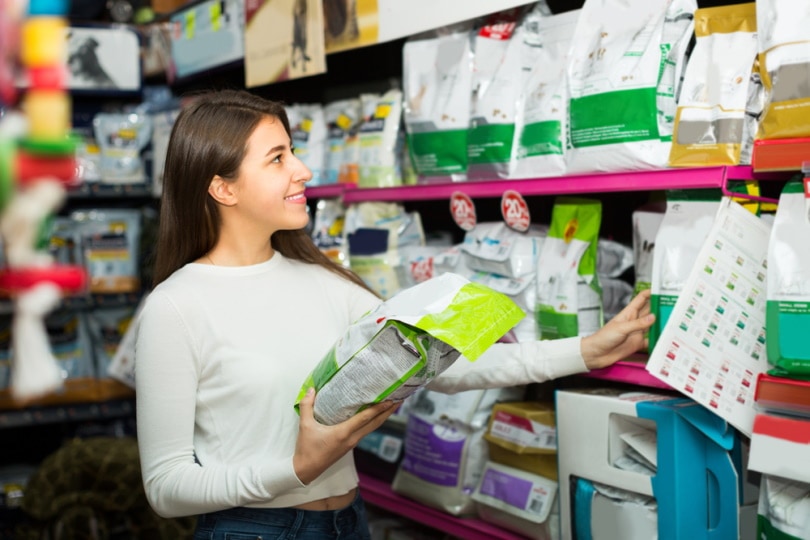
20. In 2018, dog owners spent an average of £594 on dog training services.
(VelcroDog)
UK pet owners spend an average of £594 on dog training services. Over 53% of surveyed pet owners have never been to a professional dog trainer or training class and trained their dogs at home, while over 32% have at some point attended dog training classes. Dog training classes and professional trainers are only used by 14.4% of surveyed pet owners.
21. Pet supplies and services accounted for over 10% of the average salary in 2018
(VelcroDog)
On average, pet owners spent over £3,000 each year on dog walking services, grooming, training, pet sitting, and supplies, which was roughly 10% of the average UK salary. The average UK salary in 2018 was just over £27,000 per annum.
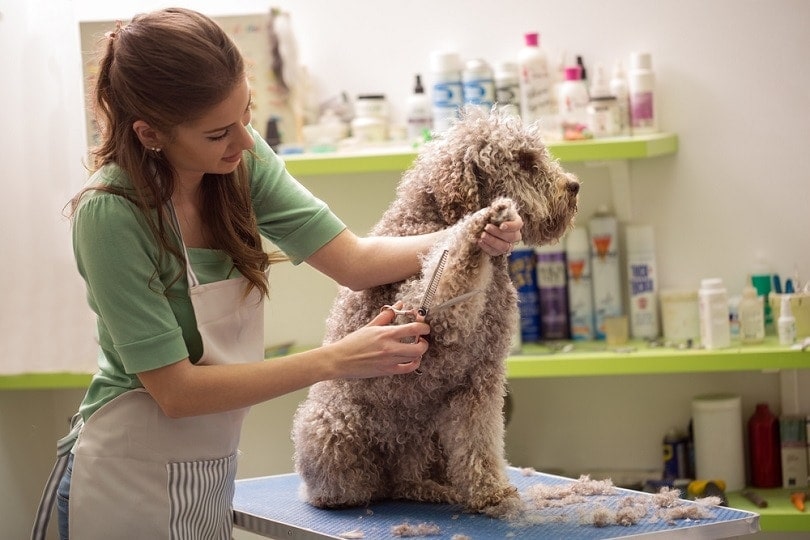
22. In 2018, the cost of dog walking in London was the highest at £12.32 per hour
This is significantly higher than the cost of dog walking in other areas in the UK, with Wales coming in cheapest at £10.19 an hour.
23. Approximately 70% of UK pet owners have had their homes damaged by their dogs
The majority of these incidents involved either defecation or urination. In addition, almost half of all dog owners admitted that the living room was the most common destruction site. These results suggest that there is a significant relationship between owning a dog and experiencing property damage.
Conclusion
In conclusion, it is evident that dogs are a popular pet in the UK, with around 13 million dogs living in homes around the country. In the aftermath of the pandemic, more UK households adopted pets, especially dogs making the UK the second-highest dog ownership country in Europe. As well as providing companionship, dogs have many benefits for their owners, including reducing stress levels and helping with mental health conditions.
They are also known to improve physical health, through activities such as walking and running. With the right preparation, owning a dog can be a rewarding experience for both the owner and the dog.
See also:
- 12 Surprising UK Veterinarian Statistics & Facts: Update
- 16 Shocking UK Puppy Mill Statistics & Facts (Update)
Featured Image Credit: Rob Wee, Pixabay



